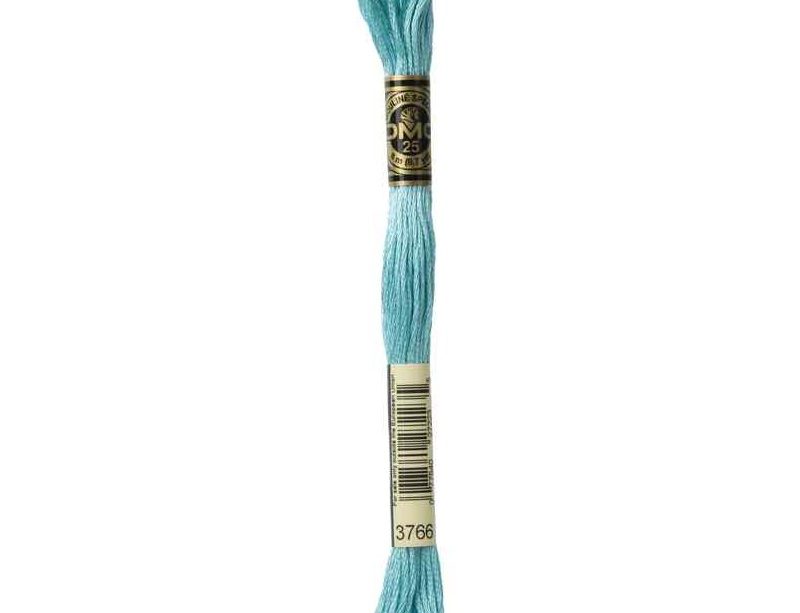Understanding the Significance of Peacocks in Nature and Culture

The Majestic Peacock: A Symbol of Beauty
The peacock, with its vibrant plumage and elaborate courtship display, is an iconic bird renowned for its beauty.
Native to the Indian subcontinent, the peafowl is a part of the Pavo genus. Among its various species, the Indian peacock is the most recognizable, renowned for its iridescent tail feathers, which can span up to six feet in length. These feathers, or ‘trains’, display a stunning array of colors and patterns, especially when fanned out during mating rituals.
The Habitat and Conservation of Peacocks
Peacocks primarily inhabit forests, grasslands, and cultivated areas where they can find food and shelter. They are omnivorous, feeding on a varied diet that includes seeds, insects, and small mammals. Despite their adaptability, habitat loss due to deforestation and urban development poses a significant threat to their populations.
Efforts to conserve peacock habitats are underway in various regions. In India, the peacock is considered a national bird and is protected under the Wildlife Protection Act. Organizations are working to restore their natural habitats and educate local communities on the importance of biodiversity and the role peacocks play in the ecosystem.
Peacocks in Culture and Symbolism
Across cultures, peacocks have held symbolic significance. In Hinduism, the peacock is associated with the goddess Saraswati, representing wisdom and beauty. In ancient Greece, the peacock was linked to the goddess Hera, symbolizing pride and vanity. Their stunning appearance has also made them a popular subject in art, literature, and fashion.
In contemporary society, peacocks are often seen in zoos, wildlife reserves, and as beautiful adornments in gardens and estates, attracting nature lovers and photographers alike. They serve not only as symbols of grace and elegance but also as reminders of the need to protect diverse species in our rapidly changing world.
Conclusion
The peacock serves as a potent reminder of the beauty and vulnerability of nature. As we continue to learn about these majestic birds, it is essential to prioritize conservation efforts to ensure their survival in the wild. Observing peacocks can offer insights into the delicate balance of ecosystems and the importance of preserving biodiversity for future generations.









